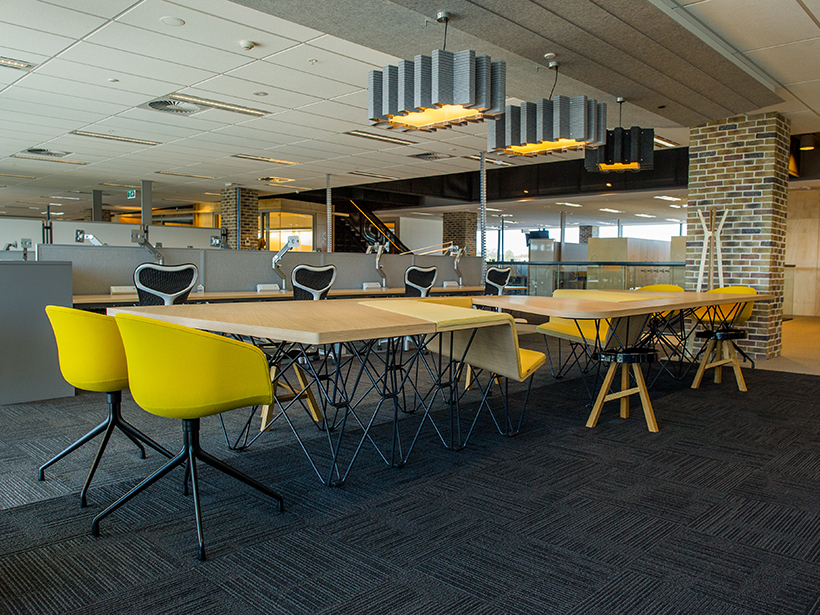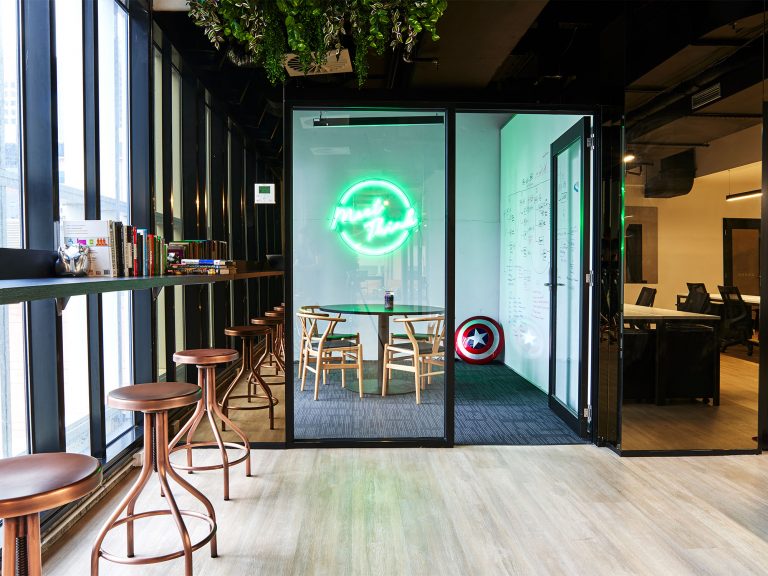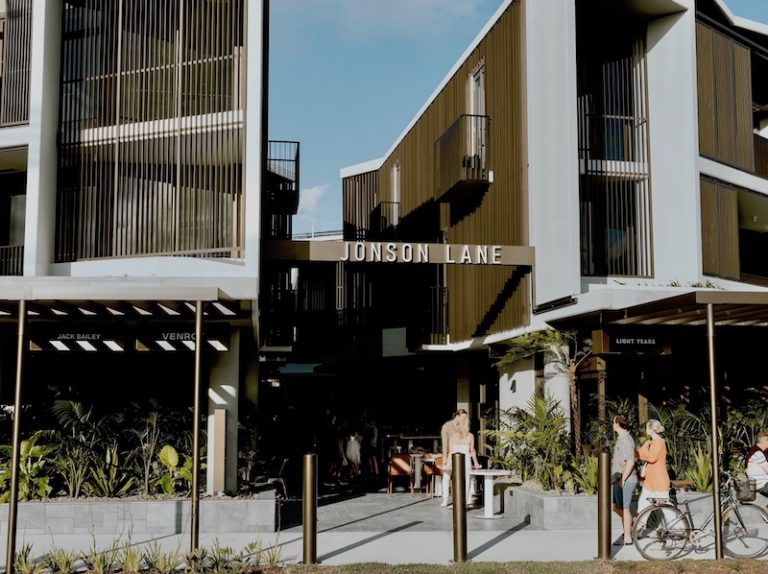Finding the right space for your business

Starting the search for a new business premises can be daunting.
Finding a commercial property that ticks all the boxes in terms of location, size, price, room to grow, access and transport is a huge task for any business owner, but there a few key considerations and tips that can help make the decision a little easier.
Robina Group’s Marcus Weld says there are five main points you should consider when taking the leap into a new commercial property.
Location and access
How easily customers and staff can get to your business could well be the most important factor to consider when choosing where to buy or lease.
Without clients, you have no business, so selecting a location that is easy to commute to by car or on public transport is critical, Weld says.
“Ask about drive times – the distance point to point may not look far, but if access routes get highly congested at particular times of day, the negatives may outweigh the benefits if your clients or staff are stuck in traffic,” he says.

Commercial properties should ideally be easily accessible and close to public transport options, Weld says.
“The ability to commute via public transport such as buses and trains, is advantageous.”
“Easy and direct access to the closest airport is also a key consideration, especially if you deal with delegates from interstate or overseas.”
Weld says ease of access via car is pointless if there’s a lack of car parking, so ensure there are adequate car spaces to accommodate both your staff and customers.
Size and space
Your staff probably need more space than you think. But how much space is enough, and how much is too much?
The type of business will also play a large part in dictating how much room you need, and there are also laws governing how much space is required per employee.
“A call centre will require less space per worker than say a design studio with large presentation rooms etc,” Weld says.

Does your office have enough space for your business to grow?
“Generally as a rule of thumb in an office, an allowance of 8-15 sqm of space per person is a good guide. The Building Code of Australia requires 10 sqm per person, however this can include halls, kitchens, meeting rooms etc.”
Weld says it’s important to consider properties that provide enough space for your current requirements, but will also allow you to grow if need be.
“Once you’ve worked out how much space you need, also consider if you’re planning to expand in the future. Make sure adequate extra room is already factored into the size to prevent the need for an expensive relocation.”
What’s it got?
Amenities – both within the property and also nearby – are the next thing to consider, particularly when it comes to attracting and retaining good staff.
“Can staff buy their lunch somewhere within walking distance, and eat in a relaxing setting with fresh air before returning to work revitalised?” Weld says.
“Are there banks and a post office in the area, or other consultants you regularly deal with, such as your accountant? A work environment catering to your staff’s needs will go a long way in keeping them working for your business instead of looking for something more convenient, so consider basing yourself near schools, medical services and other conveniences such as supermarkets.”

Quality food and amenity nearby is important to attract and retain staff.
Nearby amenity is also good business – if a number of complementary businesses are situated nearby, you can count on increased foot traffic.
The interior fit-out is also critical for a happy staff, Weld says. “Look for things like openable windows, natural light, landscaping, and other features which give a property that ‘feel good’ vibe. Modern office space should include high-speed fibre optic internet connectivity – make sure you ask what internet supply options are available and consider the connection costs.”
Who can see it?
Don’t count on customers finding your new premises by default. Without adequate signage, you could be a in a commercial property black hole.
Signage should be easily spottable by passing foot and car traffic, as well as being well maintained, Weld says.
“This includes pylon, on-building and even office door signage,” he says.
“If you’re in retail you’ll want high exposure shopfront with plenty of window signage opportunities. If your business requires it, make sure to check if there is room for a staffed reception with suitable signage.
“Find out how much exposure signage receives as this will be a large source of potential customers, especially for certain types of business.”
The lease itself
Before taking the final step and discussing or signing a lease, you should have a few important pieces of information well and truly nutted out.
At a basic level, you need to know how long you want to lease the property for, as well as your budget.
Weld says it’s then important to check whether the rental price is gross or net.

It’s important to crunch the numbers on the leasing agreement before signing. Picture: Getty Images.
“Most rents are quoted as net – this simply means it’s the base rental that is payable, and any outgoings, or other expenses are additional. This can include body corporate fees, rates, carparking or other costs, so make sure you know what these costs are going to be before you sign anything,” he says.
“Gross rent means that all of these expenses are already included (however GST may not be, so make sure you check).”
Also ask about incentives, which are usually offered for signing for certain periods of time, and can include rent reductions, rent-free periods and fit-out contributions.
The final word
“Choosing the right space to suit your business is important,” Weld says.
“Make sure you are in a growing location, with easy and direct access and excellent staff amenity. Don’t be afraid to ask your agent questions, do your homework on the total (gross) cost, so you’re comparing apples with apples, and make sure to inspect the building and the amenity of the surrounding area thoroughly before making a decision”.







